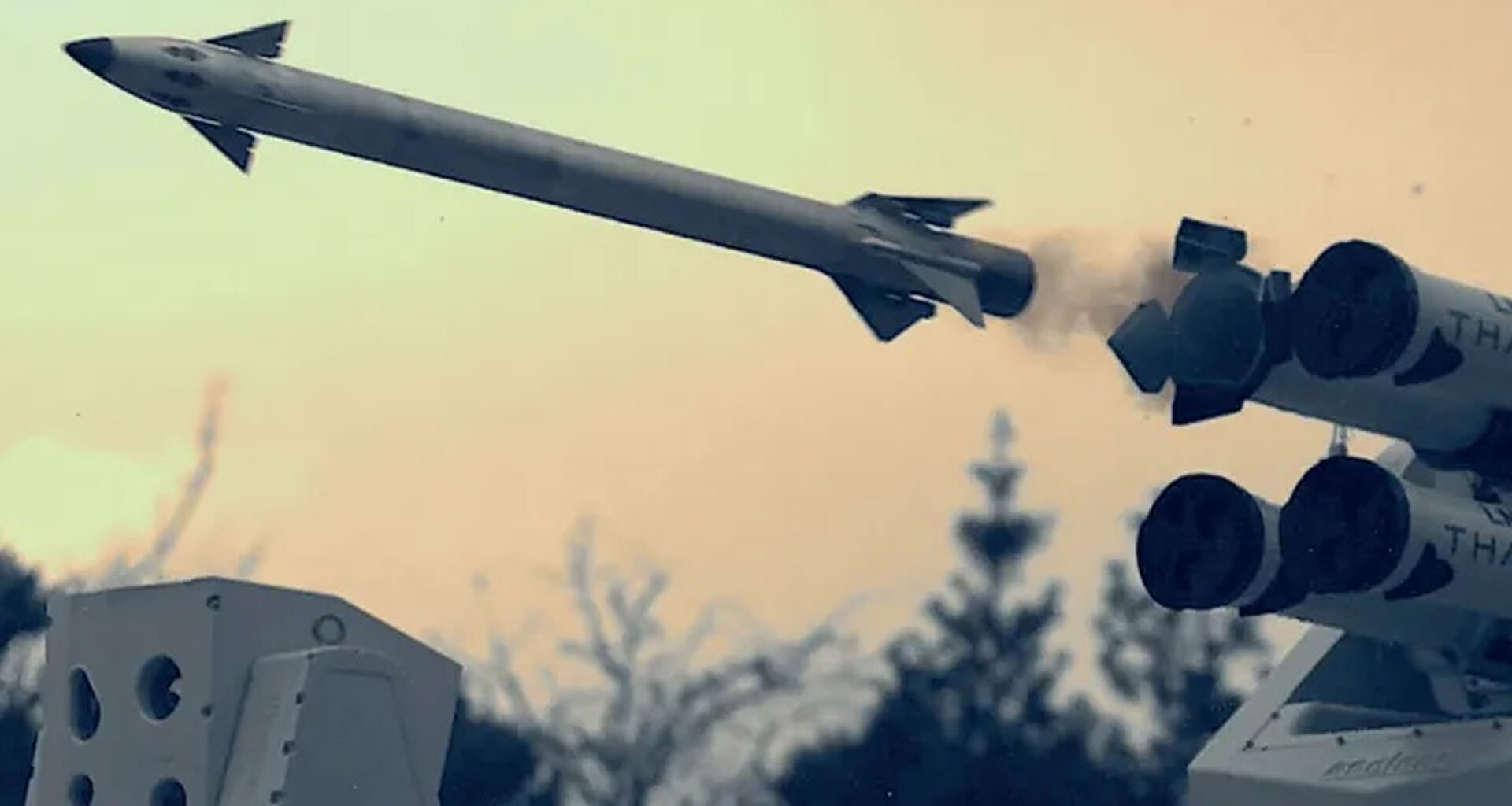The United Kingdom’s Ministry of Defence (MoD) has reportedly delivered hundreds of Martlet Lightweight Multirole Missiles (LMMs) to Ukraine. Delivered five months ahead of schedule, the missiles were made by Thales in Belfast, Northern Ireland, as part of a £1.6 billion defence cooperation agreement between the UK and Ukraine.
“The latest phase of a £1.6 billion deal signed earlier in the year will enable those battle-winning missiles to be integrated further into Ukraine’s air defence system, in a significant step for Ukraine’s own sovereign capabilities,” the UK’s MoD said in a statement.
The Martlet LMM is a lightweight, laser-guided air defence missile used to shoot down drones, helicopters, and low-flying aircraft. The early delivery means Ukraine now has hundreds of new, short-range air defence systems just as Russia ramps up drone and missile attacks for the winter campaign.
The missiles are part of the UK’s military aid package (“gifting programme”). Under this agreement, Ukraine doesn’t buy them, per se, as they’re supplied as a form of financial support for the beleaguered nation.
Martlett missiles delivery ahead of schedule
The delivery was announced during UK Minister Luke Pollard’s trade mission to Kiev. The visit coincided with Ukraine’s International Defence Industry Conference, which brought together hundreds of NATO and allied defence companies.
The deal supports a joint industrial framework helping Ukraine build its own defense production capacity. According to reports, 200 jobs were created directly in Northern Ireland, with another 700 sustained in the supply chain.
Ukraine’s largest drone maker (UKRSpec Systems) is investing £200 million in UK production facilities, creating 500 high-skill jobs. The deal is part of a broader UK–Ukraine 100 Year Partnership, promoting co-development, joint ventures, and defence export collaboration.
Each Martlett weighs around 29 pounds (13 kg) apiece and has a range of around 3.7 miles (6 km). They can travel at speeds of Mach 1.5 and are guided by a semi-active laser, giving them high accuracy and low collateral damage.
These missiles can be shoulder-launched or mounted on vehicles or naval platforms. To this end, they could be used effectively by Ukraine against things like Orlan-10 reconnaissance drones, Lancet loitering munitions, or Ka-52 and Mi-24 attack helicopters.
This system fills a critical “gap” between short-range MANPADS (e.g., Stinger) and medium-range systems (like NASAMS or IRIS-T).
Strengthening UK-Ukraine relations
Strategically, the new deal and early delivery mean Ukraine strengthens its short-range air defences before winter, a period when Russian drone and missile attacks intensify.
The UK is positioning itself as Ukraine’s key defence partner, not only through aid but through joint industrial capacity ensuring Ukraine can produce, maintain, and adapt Western systems locally.
Politically, the deal has significant political significance too, with the UK showing steadfast, “ironclad” support for Ukraine. It also sends a message to Russia that the UK isn’t just arming Ukraine, it’s helping rebuild its defence industry.
“The UK is stepping up our ironclad commitment to help Ukraine defend itself against Russia’s illegal invasion,” Minister for Defence Readiness and Industry Luke Pollard explained.
“Driving industrial partnerships is essential so that we can learn from their expertise and together build the industrial base we need to defend the UK, deter our adversaries and support Ukraine,” he said.

